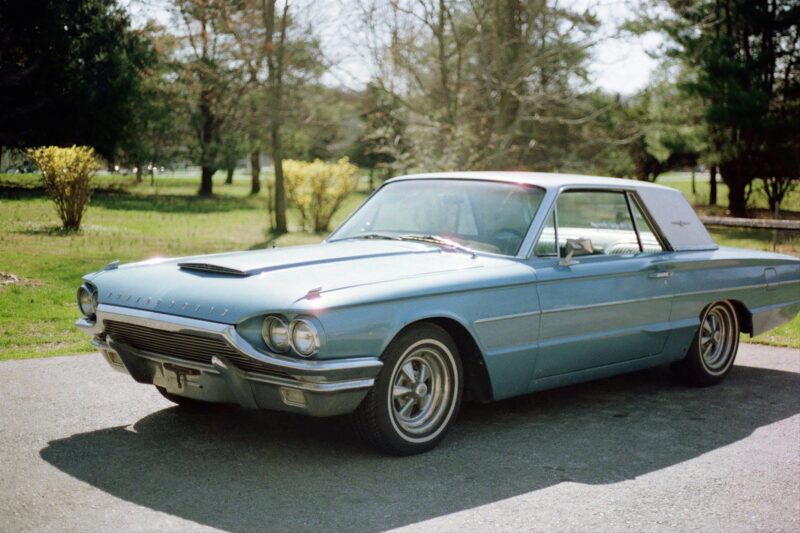What is a classic car? Is it the Aston Martin DB5 as used by James Bond himself? Or perhaps the DeLorean made famous by the Back to the Future franchise? What if we told you that the classic car repertoire boasts vehicles such as the Fiat Panda, BMW 7 Series and Saab 900?
A classic car doesn’t just have to be the sleekest, most grandiose and expensive model going; ones that you would only see parked up on a farmer’s field during a Sunday classic car show and made before the bombs fell on London in 1941. There are multiple factors that go into defining a car as ‘classic’ and they are certainly not as straightforward as ticking a couple of boxes. Below we try to answer the question: When does a car become a classic?
Cultural Impact
Obviously, the aforementioned Aston Martin DB5 is a head-turner, oozing with sophistication and grandeur. It is quintessentially, in the eyes of millions, the classic Bond car. The cultural niche that it has found is partly the reason why it has been coveted in the hall of classic car fame. The strong emotional connection that one feels when first experiencing a vehicle of this sort is what pushes it into the realm of the classic and can be summed up in one word, timeless.
Impressiveness
This is a subjective category of course, but a classic car should be set apart from the norm. The Audi Quattro, for example, is known for absolutely dominating the rally circuit in the 1980s and is remembered for its aggressive cornering through dangerous terrain. The Mini, made famous by the Italian Job, is a quintessentially British invention and is a staple of the 1960s. Both of these cars are impressive for different reasons but still make the cut with their personality and completely different driving experience.
Scarcity
Cars that haven’t been on the production line for decades begin to accrue fiscal value simply due to supply and demand. This value is also true in the sentimental sense and feeds into the nostalgic feeling that classic cars conjure in our mind.
Age is a common component of scarcity, so just how old is a classic car? There are clearly defined categories for out-of-production cars which help to compartmentalise them into production eras: Veteran cars are those produced before World War 1; vintage cars are produced before 1930; post-vintage cars are produced between 1930-1945; and finally, classic cars, which are slightly harder to define, are typically produced after 1946 and are over 15 years old.
What Makes A Car Classic?
As listed above, there are many different factors that feed into the general consensus of what makes a classic car. Age, scarcity, cultural impact and impressiveness all play a part, in some cars more than others. All classic cars, however, are primarily categorised based on their age, with 15+ years generally being the first milestone before a car can be considered as a classic.
Due to the age of classic cars, it is important for them to be checked and meticulously looked over by experts who are as passionate about cars as you are. Making sure your well-loved vehicle is running properly is very important to us here at the Green Garage Network. We partner with independent garages that will only recommend the work that is necessary to keep your car wallet- and planet-friendly. If you are not absolutely 100% satisfied with the work that a partner garage carried out on your beloved motor, you can contact us and we will mediate a solution for you.
Image Source: Unsplash

